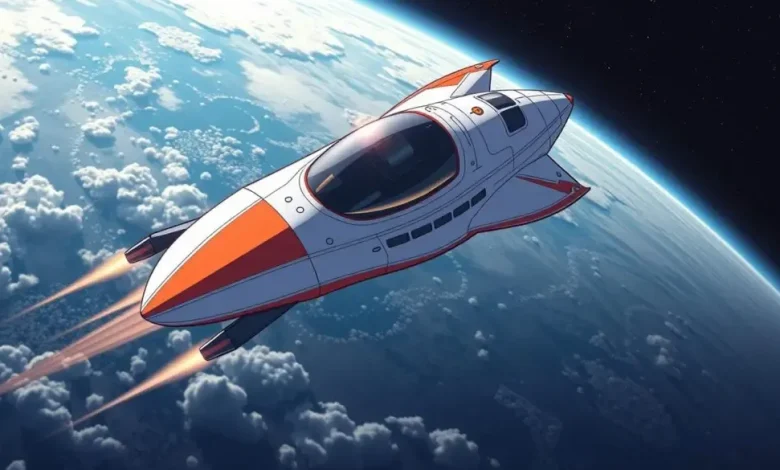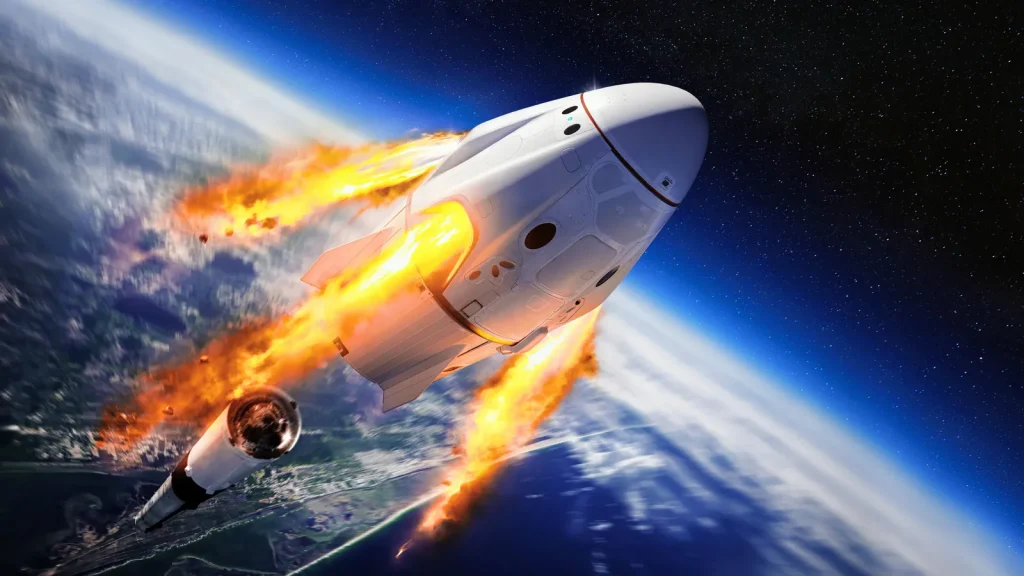
Will Space Tourism Become a Common Reality Soon?
Is space tourism about to go mainstream or remain for the ultra-rich? Here’s what growing demand and projections reveal about its future.
What could have been explored in science fiction is now taking steps toward becoming a reality, as a convenient travel opportunity. The numbers from Blue Origin, SpaceX, and Virgin Galactic have been already making or planning to make seats available to go on short missions in the space. Despite that, the timeline for mass access to these incredible trips is still unclear.
Space tourism accessibility depends on the pace of the rate at which prices are dropping and the building up of supporting infrastructure. Space travel is not very much within the grasp of the average person because the costs are high, available opportunities are few, but developments on reusable rockets and the increasing passenger eagerness might bring the future closer than anticipated.
Growth Forecasts Show Promising Demand
It is expected that space tourism will be drawing an immensely larger number of participants between the years 2025 and 2030, according to the current estimations. Research shows that during this period, space tourism may be able to serve more than 60,000 travelers due to the participation of new service providers as well as constant improvement in technologies.
Such projections depict that space tourism is open to a wider level of the society than just wealthy persons. When prices continue to fall, space travel may well become available to people from middle- and upper-income strata in due course. The developing industry is being observed as hundreds of people in numerous countries buy tickets and sign up for waitlists, reflecting a pure international need.

The Economic Impact and Industry Expansion
Through continued growth, the sector is set to have major economic ripple effects. It promotes development in aerospace manufacturing, training services, and spaceport infrastructure groups. Consequently, many countries are building more launch sites such that to meet expected market demands.
Tremendous investment is unraveling—billions have poured into research, safety innovations, and the upliftment of customer satisfaction. With the investment on infrastructure, space tourism is in for a change; from a unique adventure to a regular, organized activity like present days’ air travel.

What’s Holding Back Full Accessibility?
Although there is much excitement, a number of critical roadblocks remain to be addressed before space tourism becomes broadly accepted. Safety is also a big issue in the background of the adverse results of former rocket test accidents. In order that each space journey be equally safe as a commercial flight, extensive testing and strict supervision must be required.
Cost is another hurdle. Though there was a great reduction in price, going from figures in the millions to six figures, the costs are still too high for the average person. Space tourism, with the current pricing beyond the means of most, will not be available to most people but it will be accessible to those with plenty, and to chosen groups on the mission.
Is it not a long time before space tourism reaches the masses? The indications point to improvement, although in no hurried way. During the enactment of the first framework, the near future becomes crucial to determining whether space tourism is to move rapidly from expert activities into mainstream activity.
Continuous innovations coupled with a growing public interest is positioning space tourism to defy the norm in traditional travel and change our perspective of our role in the cosmic milieu. If it is something that is still rare in terms of everyday life now, we are sure that it is leaving the world of dreams.



